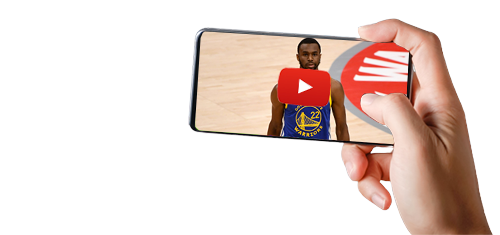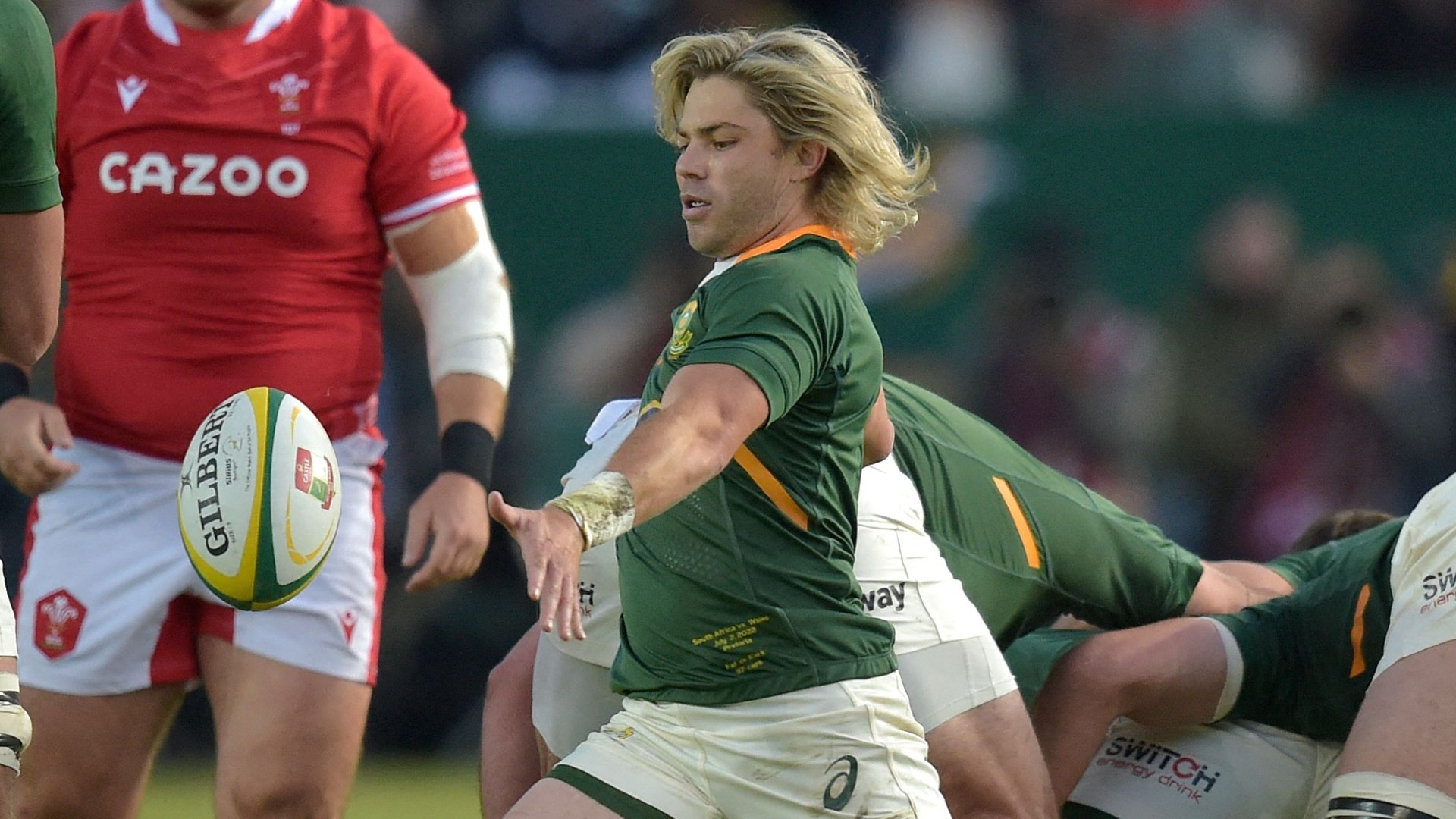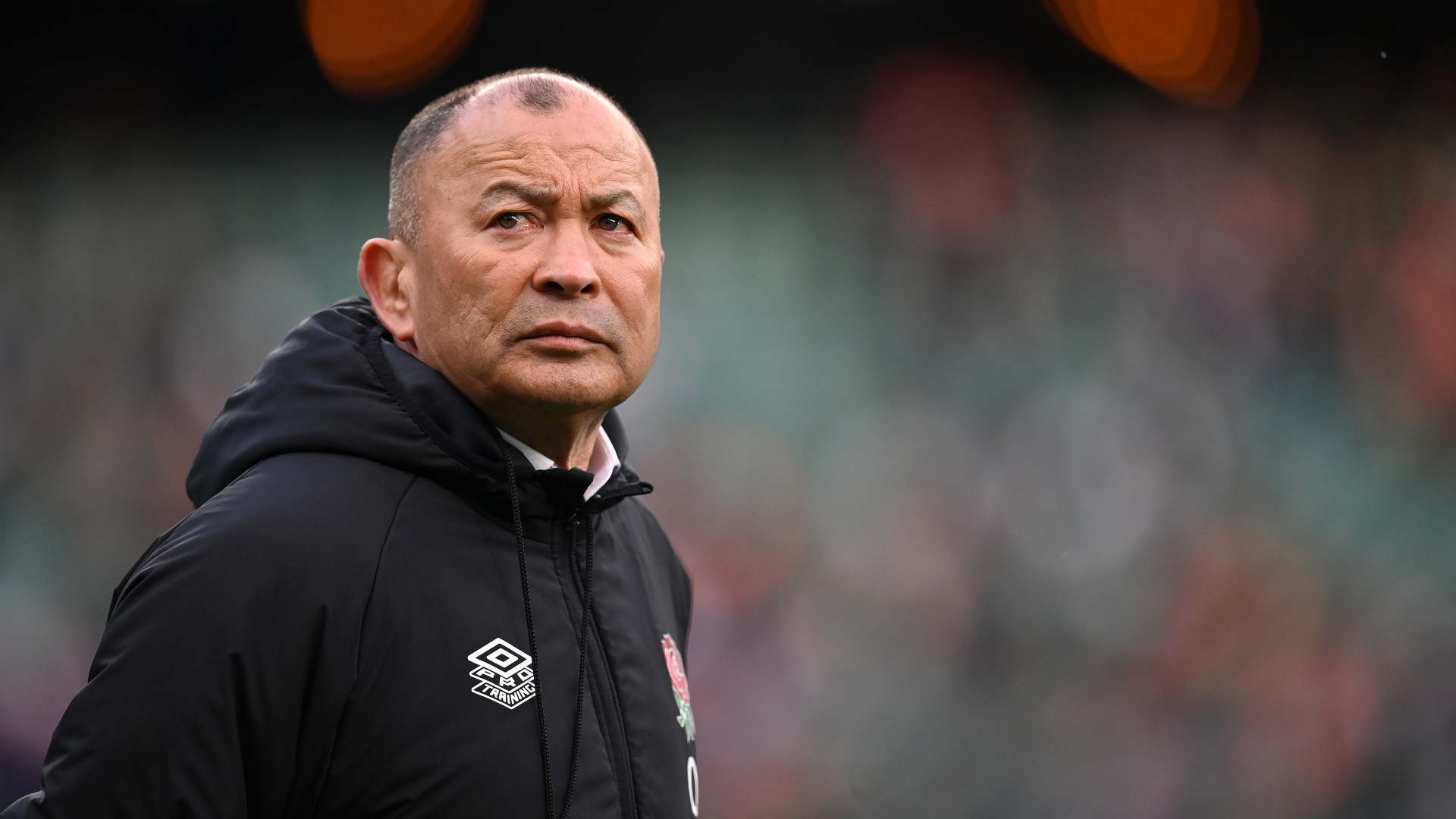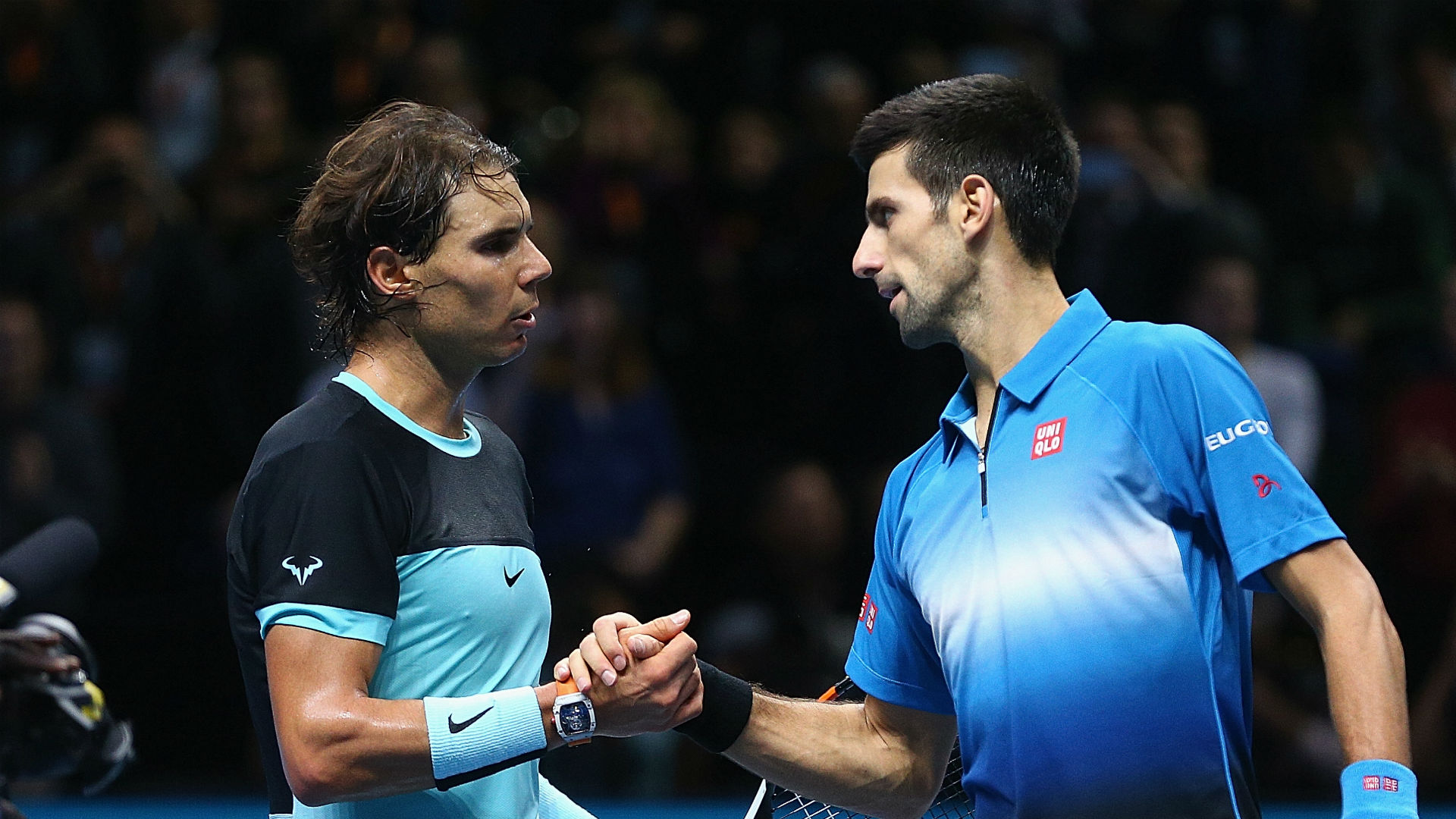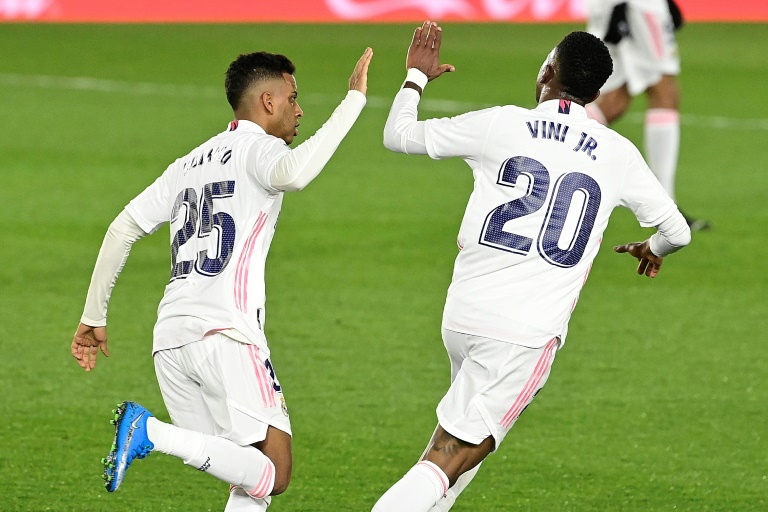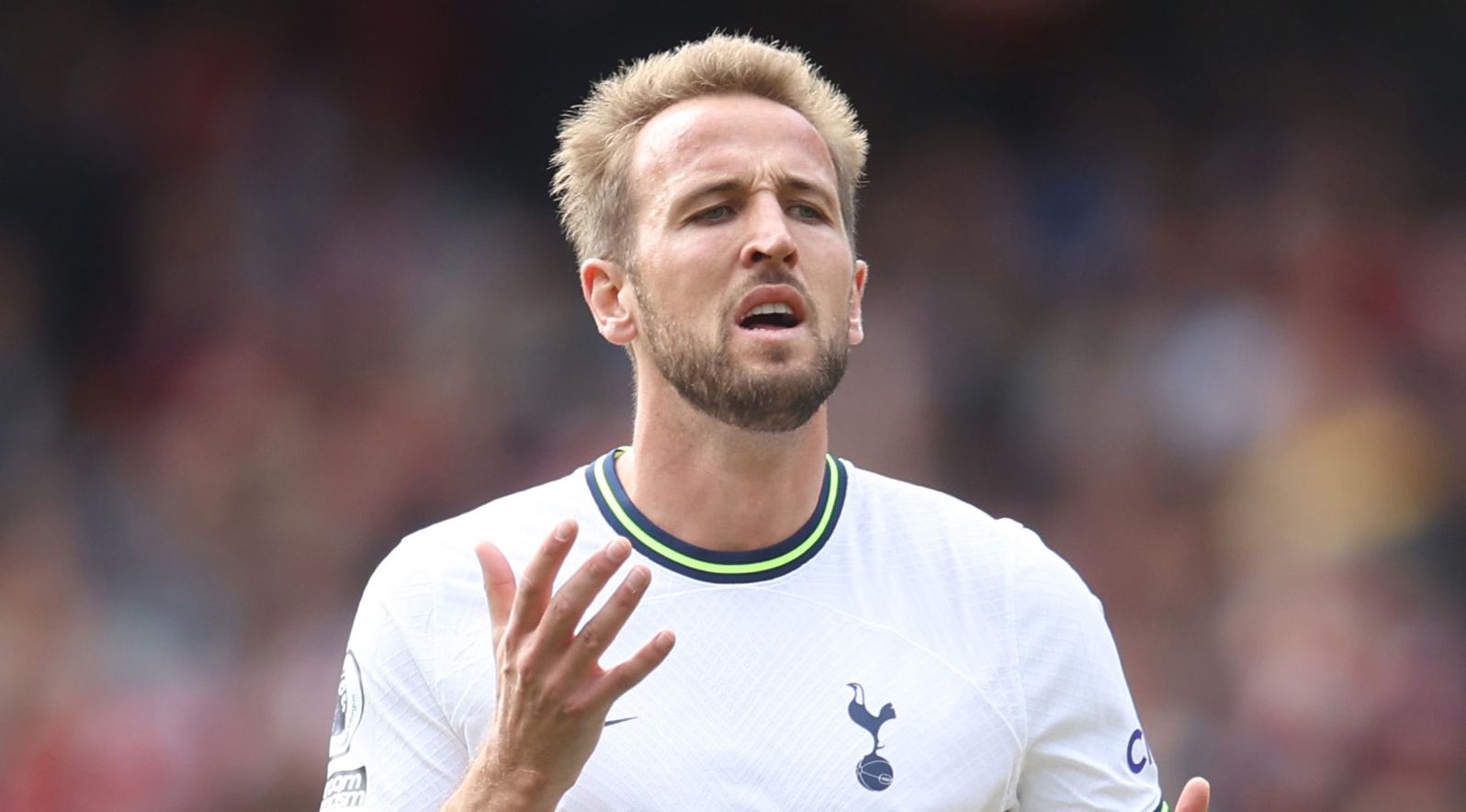
Tottenham are scoring enough goals to remain competitive but the underlying figures highlight some worrying trends.
September’s 6-2 demolition of Leicester aside, Spurs are yet to score more than twice in a Premier League match since their opening-day triumph over Southampton.
They looked particularly blunt in the North London derby defeat to Arsenal earlier this month before edging past Brighton with a narrow 1-0 victory last weekend.
We assess Spurs’ form in the final third ahead of today’s clash with Everton.
No problems — at a glance
Take a glance at Tottenham’s attacking numbers in the Premier League this season and you might wonder what all the fuss is about.
They have scored 20 goals (joint-third going into Matchday 11) and their 123 shots sees them rank fifth, with a tally of 54 shots on target also joint-third ahead of this weekend.
Nothing about those figures suggests a serious issue with Spurs’ approach in attack — but a deeper dive exposes a series of problems.
Unsustainable overperformance
While the goals have been flowing thus far, a look at Tottenham’s underlying numbers suggests they have been exceptionally clinical — thanks to Harry Kane.
Spurs have created just 12 big chances — only the 10th-most in the league before this round of matches — and their 20 goals have come from an expected goals (xG) tally of 14.81. That is an overperformance of 5.19.
Furthermore, only 11 of their 20 strikes have come from open play. One has come from the spot and the other eight have been scored from set-piece situations.
Set-pieces are certainly a viable route to goal and are a valuable addition to any team’s attack. However, the proportion of strikes from such situations (40%) suggests a reliance on them.
It is unlikely that Tottenham will be able to continue scoring at this rate with such a high proportion of their tally coming from dead-ball deliveries.
Stilted Spurs
A tricky issue for boss Antonio Conte to solve is that, fundamentally, some of these problems stem from the style of play he has implemented at Tottenham.
Spurs are often happy to cede territory and look to break quickly on the counter, leading the division for fast breaks (13) — a perfectly viable approach.
However, they are suffering from the infrequency with which they get the ball into dangerous areas, as their approach necessitates exceptionally clinical finishing in order to be successful.
Tottenham’s paltry totals of 884 final third passes attempted and 636 completed ranked just 17th and 15th, respectively, after Matchday 10 — and even their wide delivery numbers are low, sitting 13th for crosses attempted with 141.
The result is a team that does not generate as many touches in the box as the most dangerous sides in the competition.
Spurs’ total of 215 is respectable — but there is a clear gulf between them and teams like Manchester City (352), Arsenal (342), Liverpool (337) or even Newcastle (294).
Open and shut case
Conte is unlikely to change his ways any time soon — and the Tottenham head coach responded firmly when accused of taking a negative approach in games.
He said: “When you lose, you have to explain, and when you win, the opponent has to explain, but, for me, it’s important to try to have a plan, to put my players in the best possible situation to exploit their characteristics.
“Otherwise it can happen that you can concede six, seven or eight goals. In England, that has happened a lot of times.
“In my career, it never, never happened and I don’t like to play open, to concede a lot of space and concede six, seven or eight goals.
“I won in England and I won in my past, and I think I can teach football to many people.”
What is the solution?
Tottenham’s approach means it is no surprise that their tally of 30 possessions won in the attacking third was the joint-second lowest in the division.
It is unrealistic to expect Conte to alter his tactical approach entirely and switch to a front-foot, high-pressing system.
However, Spurs need a more consistent route to goal than fast breaks from turnovers won in defensive areas.
Perhaps attempting to regain the ball slightly higher up the field could be a compromise — allowing the North Londoners to retain a compact shape and continue to focus on fast breaks, while reducing their distance to goal after winning possession.
If Tottenham can increase Kane’s margin for error, it will lead to a far more sustainable flow of goals.



